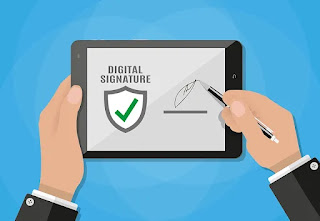Shortcut keys for windows 11
- Win key: Open or close the Start menu
- Win + A: Open the Action Center
- Win + D: Show or hide the desktop
- Win + E: Open File Explorer
- Win + I: Open the Settings app
- Win + L: Lock your PC
- Win + M: Minimize all windows
- Win + P: Project to a different screen or device
- Win + S: Open the Search bar
- Win + X: Open the Quick Link menu
- Ctrl + Shift + Esc: Open the Task Manager
Multitasking:
- Win + Tab: Open Task View to see all your open windows and virtual desktops
- Win + Left arrow: Snap the current window to the left side of the screen
- Win + Right arrow: Snap the current window to the right side of the screen
- Win + Up arrow: Maximize the current window
- Win + Down arrow: Minimize the current window or restore it if it's maximized
- Alt + Tab: Switch between open windows
- Ctrl + Win + D: Create a new virtual desktop
- Ctrl + Win + Left arrow: Switch to the virtual desktop on the left
- Ctrl + Win + Right arrow: Switch to the virtual desktop on the right
- Ctrl + Win + F4: Close the current virtual desktop
- Win + U: Open the Ease of Access Center
- Win + + (plus): Zoom in
- Win + - (minus): Zoom out
- Win + Ctrl + C: Turn color filters on or off
- Win + Ctrl + N: Turn narrator on or off
- Win + Enter: Open Narrator
These are just a few of the many shortcut keys available in Windows 11. For a full list, you can visit the Microsoft website or search online for more comprehensive guides.







